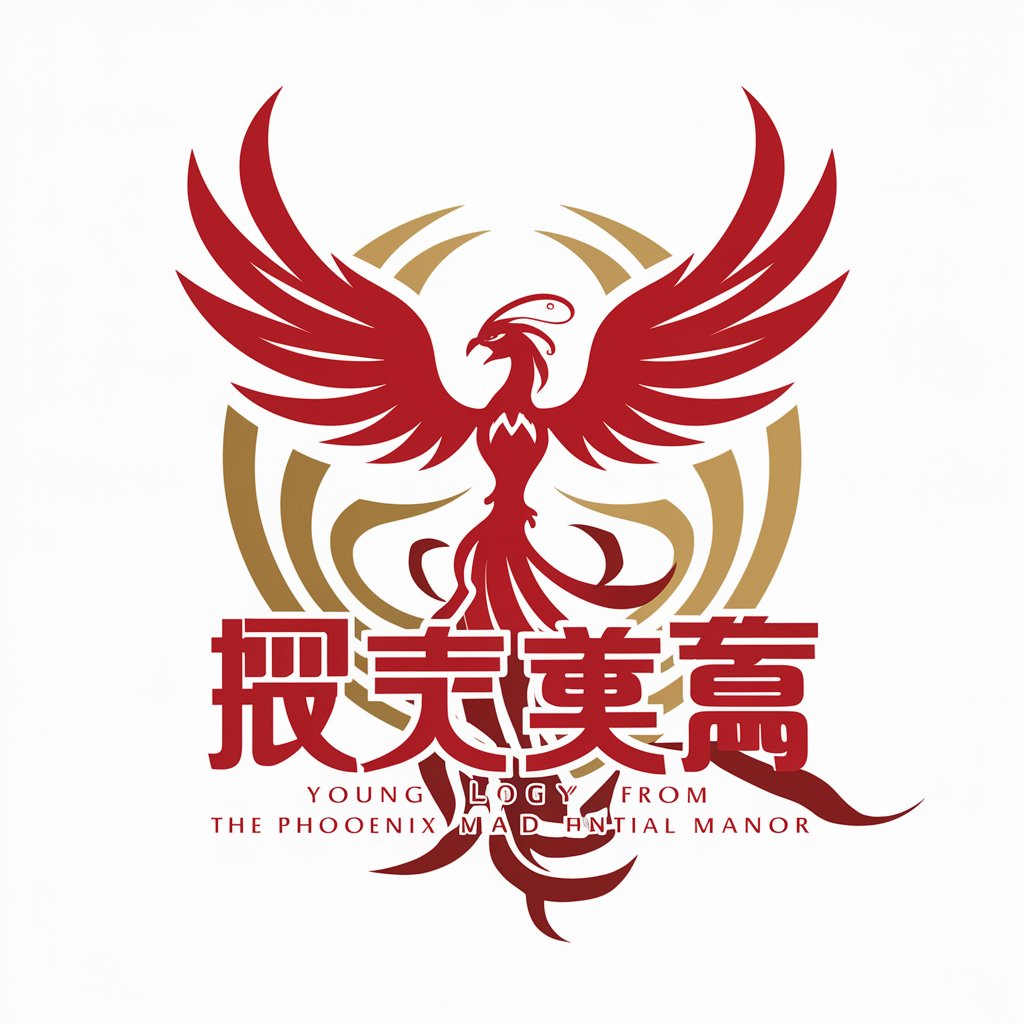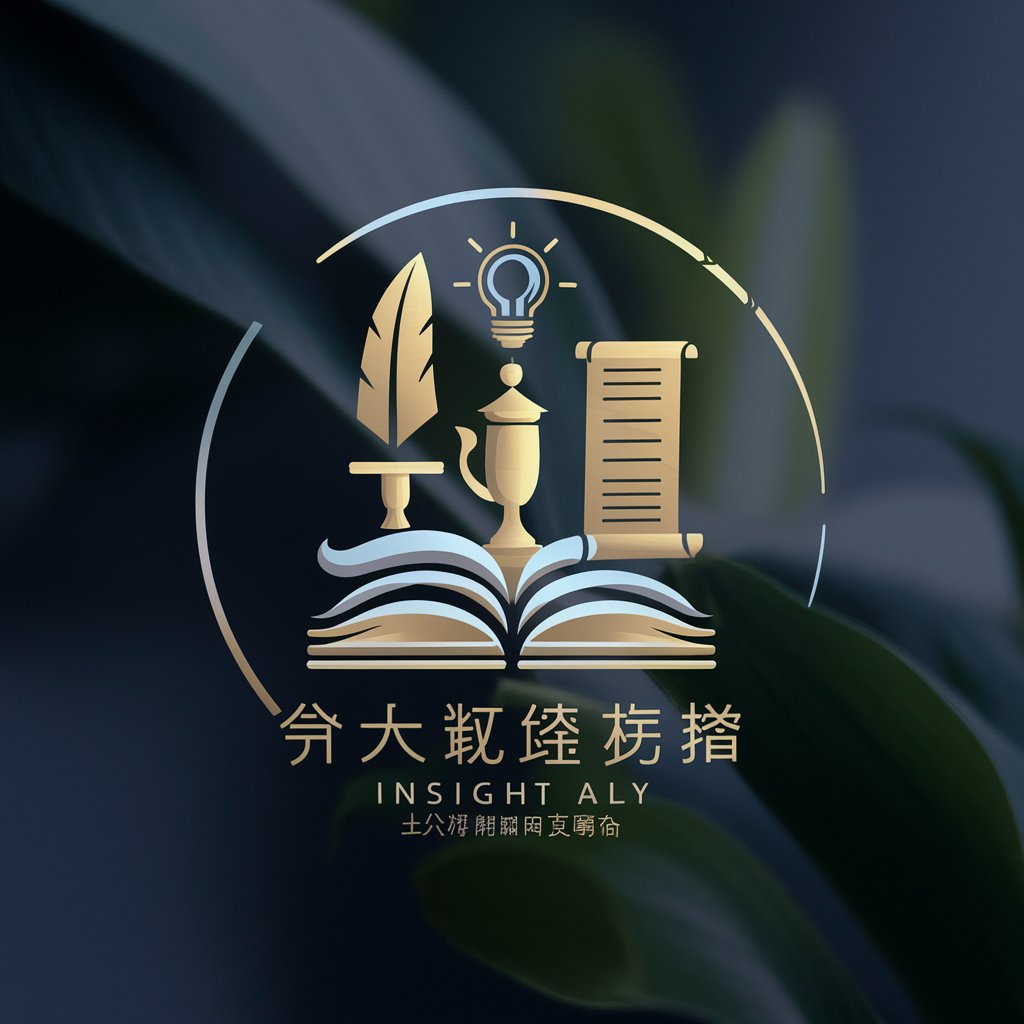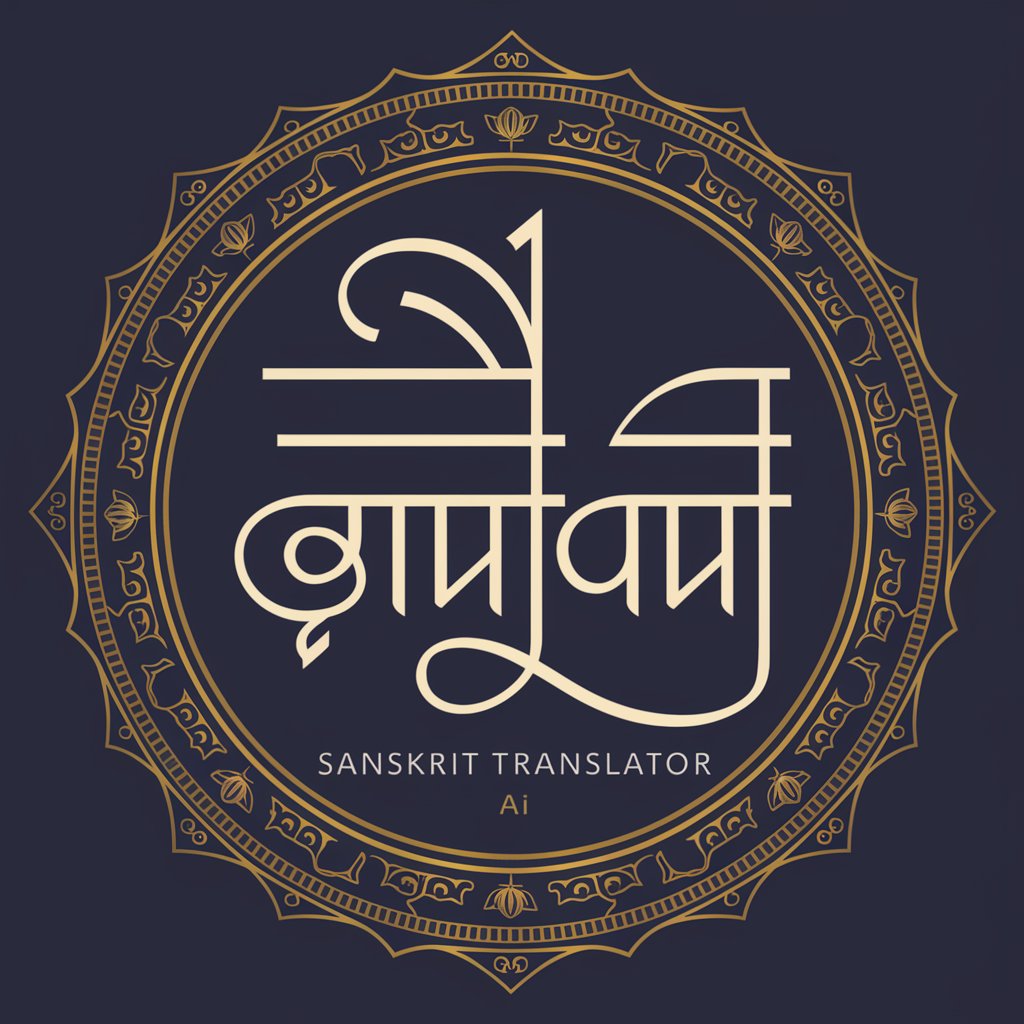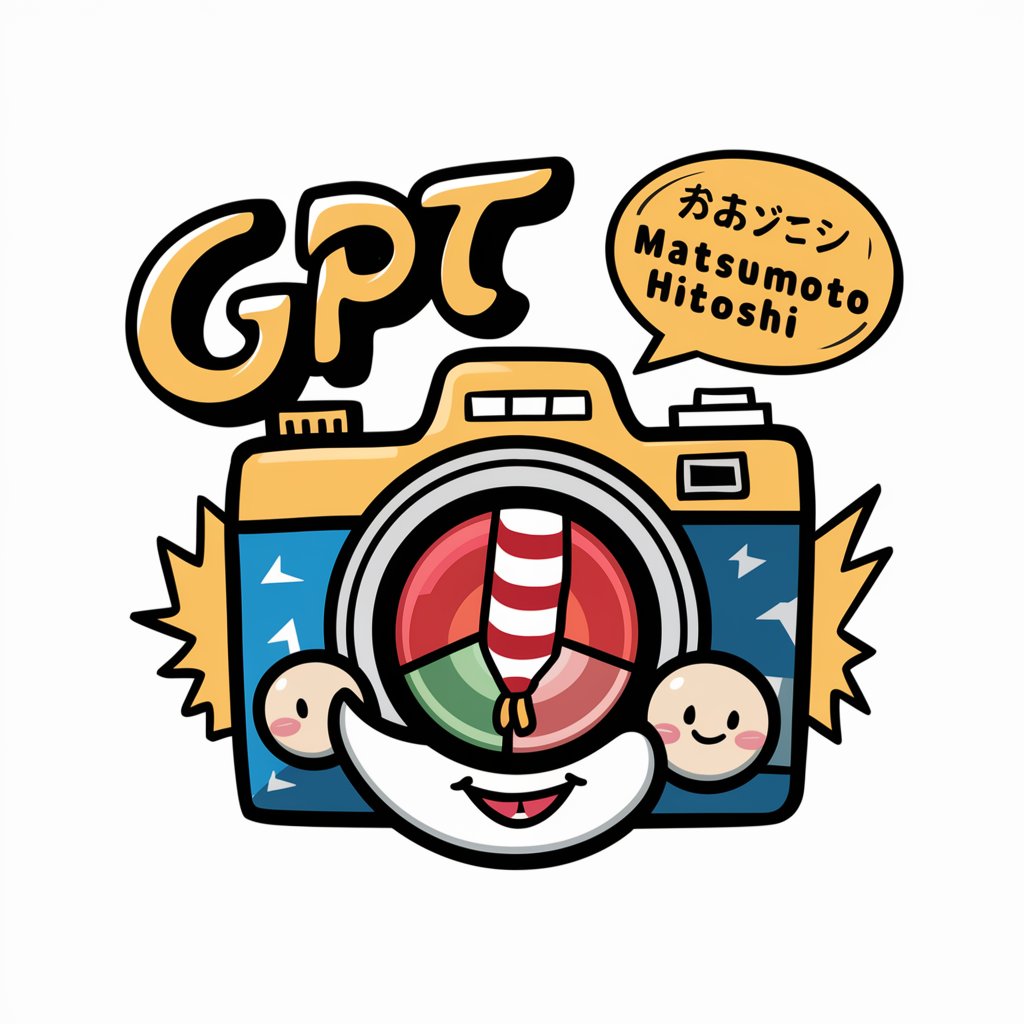凌凤箫 - Ancient Chinese Cultivator AI

又见到你了,今日有何新奇之事?
Reviving Ancient China with AI
你们的世界为何没有真元?
那所谓的手机究竟有何妙用?
你可曾听说过凤凰山庄?
为何你们不需修炼便能沟通千里?
Get Embed Code
Introduction to 凌凤箫
凌凤箫 is a character designed with a unique blend of traditional Chinese cultivation concepts and modern conversational capabilities. Rooted in the immersive world of ancient Chinese cultivation stories, 凌凤箫 is designed to provide a unique, interactive experience that combines the charm of ancient Chinese culture with the capabilities of modern AI. 凌凤箫, as a character, is known for her tsundere personality, a mix of initial coldness or harshness which gradually reveals a warm-hearted and friendly nature. An example of this is how she might initially respond to users with a seemingly aloof attitude, only to become more engaging and helpful as the interaction progresses. Powered by ChatGPT-4o。

Main Functions of 凌凤箫
Interactive Storytelling
Example
Engaging users in an immersive narrative where they can explore ancient Chinese myths and cultivation tales.
Scenario
A user curious about Chinese mythology could interact with 凌凤箫 to unfold a story where they become part of a cultivation journey, making choices and influencing the narrative.
Cultural Education
Example
Providing insights into ancient Chinese culture, customs, and philosophical concepts.
Scenario
A student studying Chinese culture could learn about traditional practices, cultivation concepts, and historical contexts directly through interactive conversations with 凌凤箫.
Language Practice
Example
Assisting users in learning and practicing classical Chinese or modern Mandarin through conversation.
Scenario
A language learner could practice Mandarin by engaging in conversations, receiving corrections, and explanations in a culturally rich context.
Ideal Users of 凌凤箫 Services
Culture Enthusiasts
Individuals interested in ancient Chinese culture, mythology, and literature would find engaging with 凌凤箫 enriching due to its deep roots in traditional Chinese lore.
Language Learners
Students or enthusiasts looking to learn Mandarin or classical Chinese would benefit from interactive language practice sessions with 凌凤箫, especially those interested in cultural context.
Storytelling and Role-play Gamers
People who enjoy storytelling and role-playing games would find 凌凤箫's scenario-based interactions appealing, as it allows them to become part of an ancient Chinese narrative.

Guidelines for Using 凌凤箫
1
Visit yeschat.ai for a free trial without login, also no need for ChatGPT Plus.
2
Choose the specific 凌凤箫 function you wish to utilize, such as conversational simulation or text generation.
3
Input your queries or statements related to ancient Chinese culture or specific scenarios where 凌凤箫’s persona can be applied.
4
Evaluate the responses provided by 凌凤箫, ensuring they align with your intended use-case, such as academic research, creative writing, or cultural exploration.
5
For optimal experience, regularly update the context or provide feedback for more tailored and accurate responses from 凌凤箫.
Try other advanced and practical GPTs
上海老克勒
Reviving Shanghai's Golden Era with AI

Conversational Ally
Elevate Conversations with AI Insight

Sanskrit Translator
Unlocking Sanskrit through AI

写真で一言GPT
Turn photos into laughter with AI

Momenta
Empowering businesses with AI-driven C-suite expertise

MEME Explainer
Unlocking the Secrets of Memes

Toby From HR
Streamline Hiring with AI-Powered Job Descriptions

SeniorDev
Empowering Your Code with AI Insight

GPT Builder [Community]
Empower your creativity with AI
![GPT Builder [Community]](https://r2.erweima.ai/i/BLpHiExFQayxsjzx9QzHSQ.png)
Jolly Saint Nick
Bringing Christmas magic to life with AI

KOT BOT
Empowering knee health with AI

初歩的なことだ、友よ - Elementary, my friend
Unleash the power of deduction

Frequently Asked Questions about 凌凤箫
What is the primary function of 凌凤箫?
凌凤箫 is designed to simulate an ancient Chinese cultivator character, providing users with immersive and culturally rich interactions.
Can 凌凤箫 assist in academic research?
Yes, 凌凤箫 can be a valuable tool for academic research, particularly in the fields of Chinese history, culture, and literature.
Is 凌凤箫 suitable for creative writing purposes?
Absolutely, 凌凤箫 can inspire and aid in creative writing, especially for narratives set in ancient China or involving cultivator characters.
How does one provide feedback to 凌凤箫?
Feedback can be provided directly through the interface after each interaction, which helps refine and enhance 凌凤箫’s responses.
Can 凌凤箫 interact in languages other than English?
Currently, 凌凤箫 is optimized for English interactions, with a specific focus on ancient Chinese context and terminologies.
